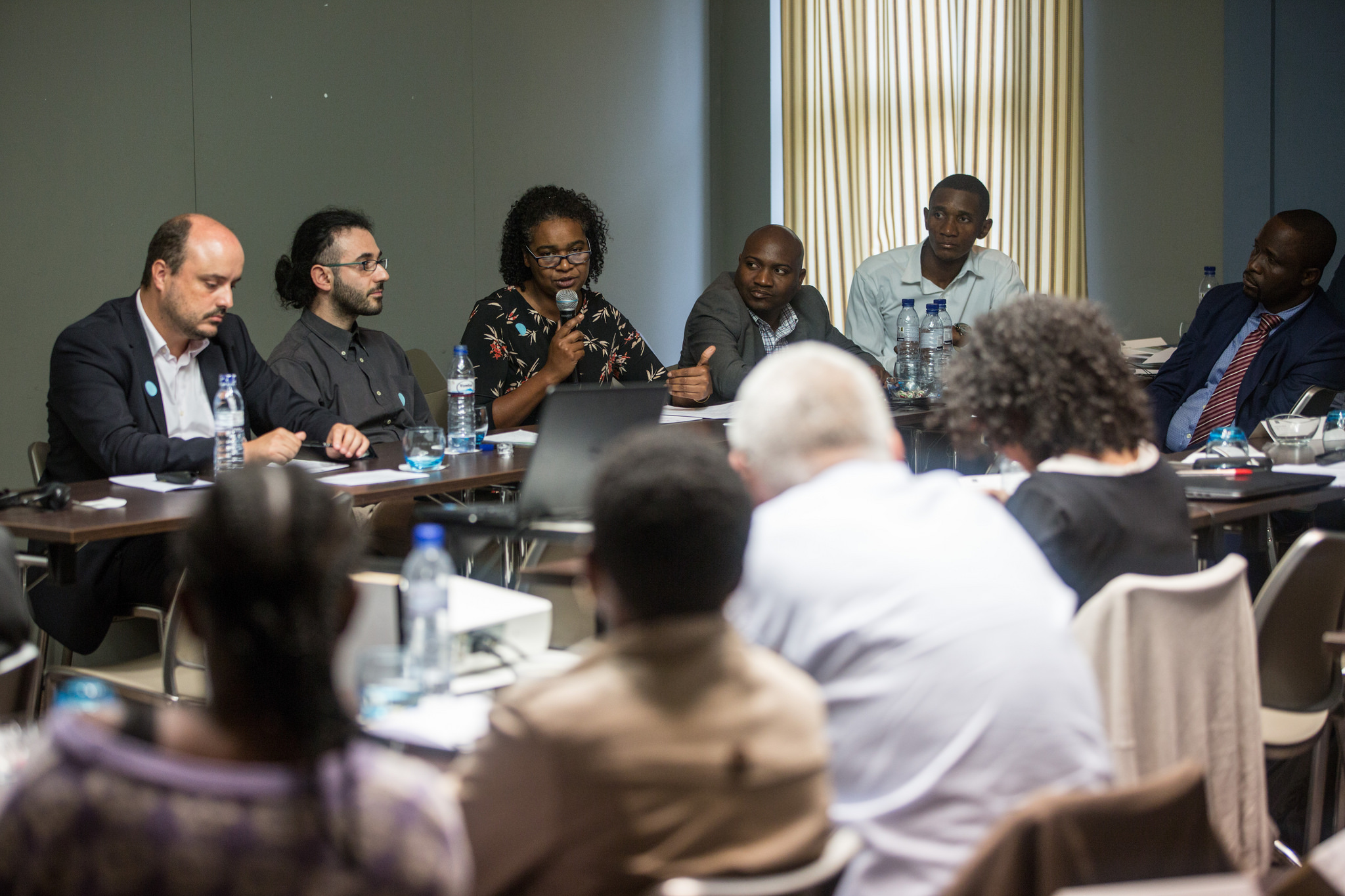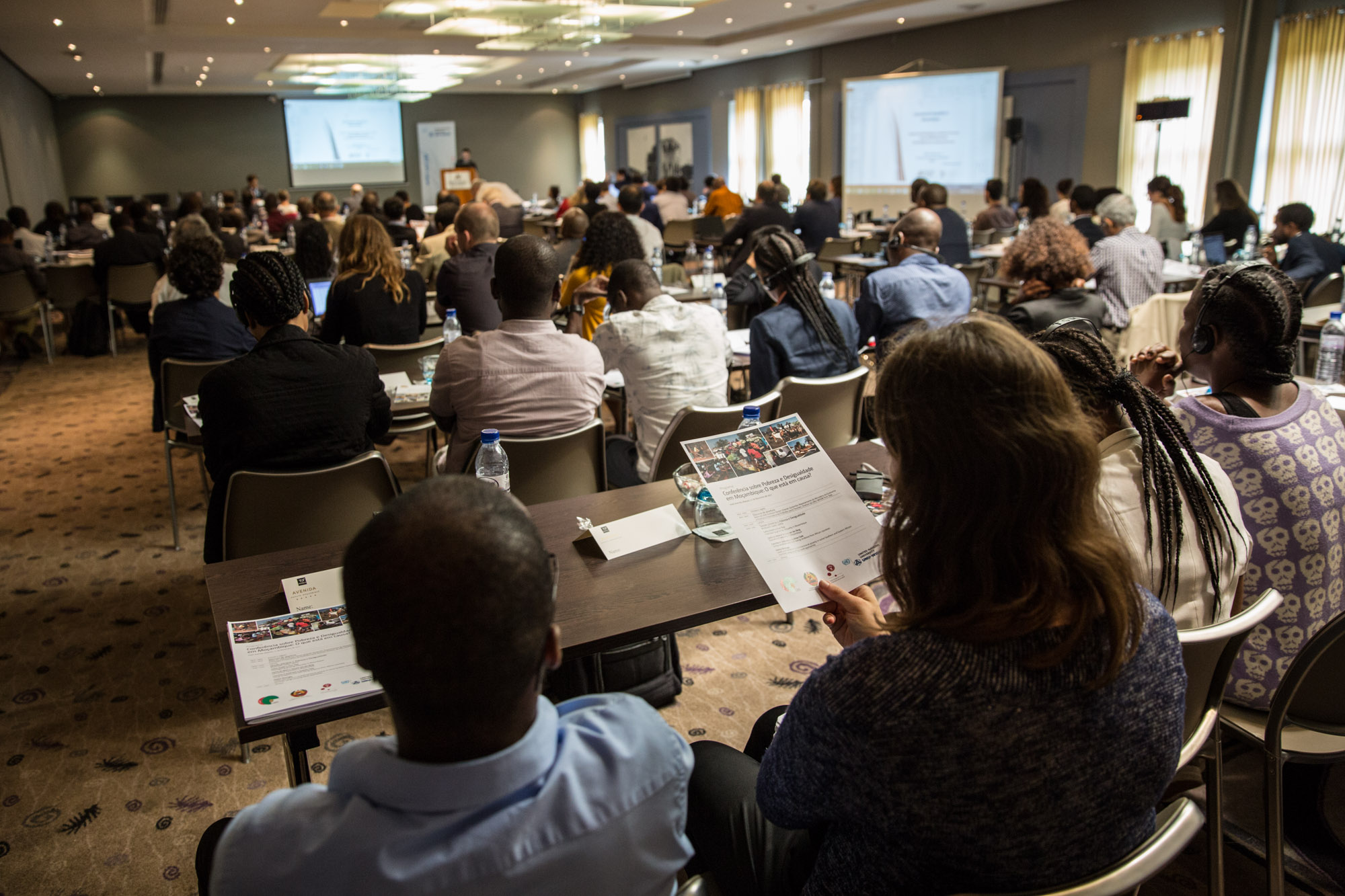Blog
What would it take for Mozambique’s growth to be inclusive?
In late November 2017 more than 100 people gathered in Maputo, Mozambique, to participate in a joint reflection on poverty and inequality in the country.

We had the opportunity to host eight international researchers who shared new evidence on inequality and multidimensional poverty in Mozambique and neighbouring countries. They were joined by seven Mozambican researchers who shared the results of their own studies on dimensions such as poverty and pro-poor growth, rights to land and land use, gender, and education. The following day a smaller group gathered, this time to try and make sense of the evidence shared at the conference and think about what it all means for the development of Mozambique.
What stuck with me
Four main ideas raised at these events stuck with me. The first was the realization that, while attaining strong economic growth rates and a positive performance in poverty reduction, Mozambique’s growth in the last twenty years has been non-inclusive. This can be seen through the Gini coefficient of consumption, which has grown from 0.397 in 1996 to 0.468 in 2014, as measured in the successive poverty assessments undertaken by the Mozambican government.
Second, while economic inequality in urban Mozambique is the highest, it should not be the only aspect capturing the attention of policy makers. Spatial inequalities, both between rural and urban areas, as well as between provinces have increased significantly. Gender-based inequalities are also not reducing.
The third idea that stuck with me is the realization of the path of structural transformation that Mozambique is currently on — replacing agriculture not with manufacturing industry, but with extractive industry and services.
Together with this realization came the fourth impression, born from fresh new evidence. The growth incidence curves of the different sectors of activity within the country indicate that sectorial growth profiles are themselves inequality-inducing, with the exception of agriculture and rural services.
Overall these realizations left me with the sense that more needs to be done.
A sense of urgency
Spatial inequalities in Mozambique are an uneasy, uncomfortable topic that engenders politically contentious narratives. The grievances regarding an urban, southern Mozambique, closer to the capital Maputo, that, while already faring better than other areas, appears to benefit from the fruits of the growth path the country is following are not new and, on occasion, have fed internal political tensions.
If anything, what the evidence raised suggests is that the current growth path, if continued along unchecked and unregulated will strengthen the trends of rising spatial inequalities.
However, if anything, what the evidence raised suggests is that the current growth path, if continued along unchecked and unregulated will strengthen the trends of rising spatial inequalities. While most of the Mozambican population still builds its livelihood from agriculture, this is the sector with lower productivity, offering lower incomes and slowest growth. Evidence brought forward through our ongoing project, and particularly during the conference, tells us that agriculture and manufacturing are the key sectors for inclusive growth. It also told us that the sectors currently growing the most in Mozambique, the extractive industries and the urban service sector, do not lead the country through this path.
I was left with a strong sense of urgency. Left unchecked, Mozambique’s growth will continue not being inclusive and inequalities will only increase.
Pathways for inclusive growth
This is not, however, an inevitable fate, against which nothing can be done. Choices can be made to steer the pattern of agricultural development. Will it be geared towards large plots, farmed using highly mechanized solutions? Will it lead to the co-option of small farmers into supplying single buyers in the next link of the value chain? Or will it be supported by giving small farmers tools to associate and incorporate those next links of the value chain, bringing them out of poverty and closer to the living standards of other Mozambicans?

Choices can be made on the use of energy sources the country is now tapping into. Will they be mostly exported? Or will there be some degree of incorporation into, preferably labour-intensive, manufacturing? Will the revenues from royalties, exports and profits from the firms exploring the national natural resources be protected? Will they be integrated into a strategy of growth of the non-mineral sector, one that supports the growth of labour-intensive activities? Decisions can be made to allow Mozambique to generate and make use of comparative advantages in the production of industrial goods that use inputs it already produces — either from agriculture, forestry, and the mineral resources the country explores.
With a still narrow tax base, it is clear that Mozambique and its government have a very limited redistributive capability. International evidence also shows that progressive redistribution, while corrective, is insufficient to break structural drives of exclusionary growth.
The Mozambican education system, while having the potential of being a structurally robust instrument for long-term inequality reduction, is itself facing the challenge of reaching the poorest, rural populations, particularly beyond primary education. Investment is certainly needed, but the fruits can only be expected in the medium to long run.
In the short run, therefore, it comes down to development planning and the choices the country will make on how to structurally transform to shape Mozambique’s growth into an inclusive one. The choices that will lead the country into inclusive growth will require further research and political resolve, but they do exist.
Learn more about the Inclusive growth in Mozambique project.
The views expressed in this piece are those of the author(s), and do not necessarily reflect the views of the Institute or the United Nations University, nor the programme/project donors.
 Join the network
Join the network

